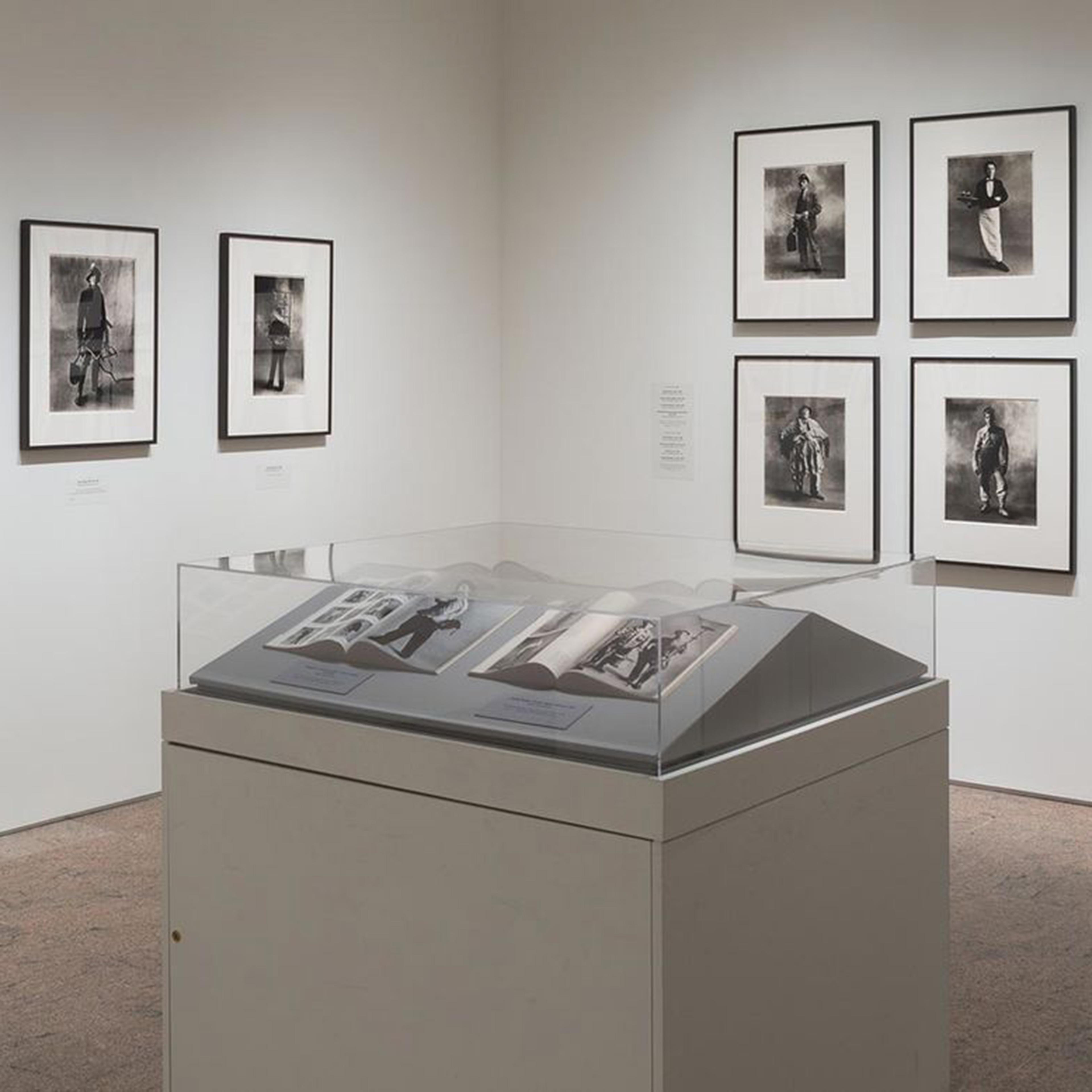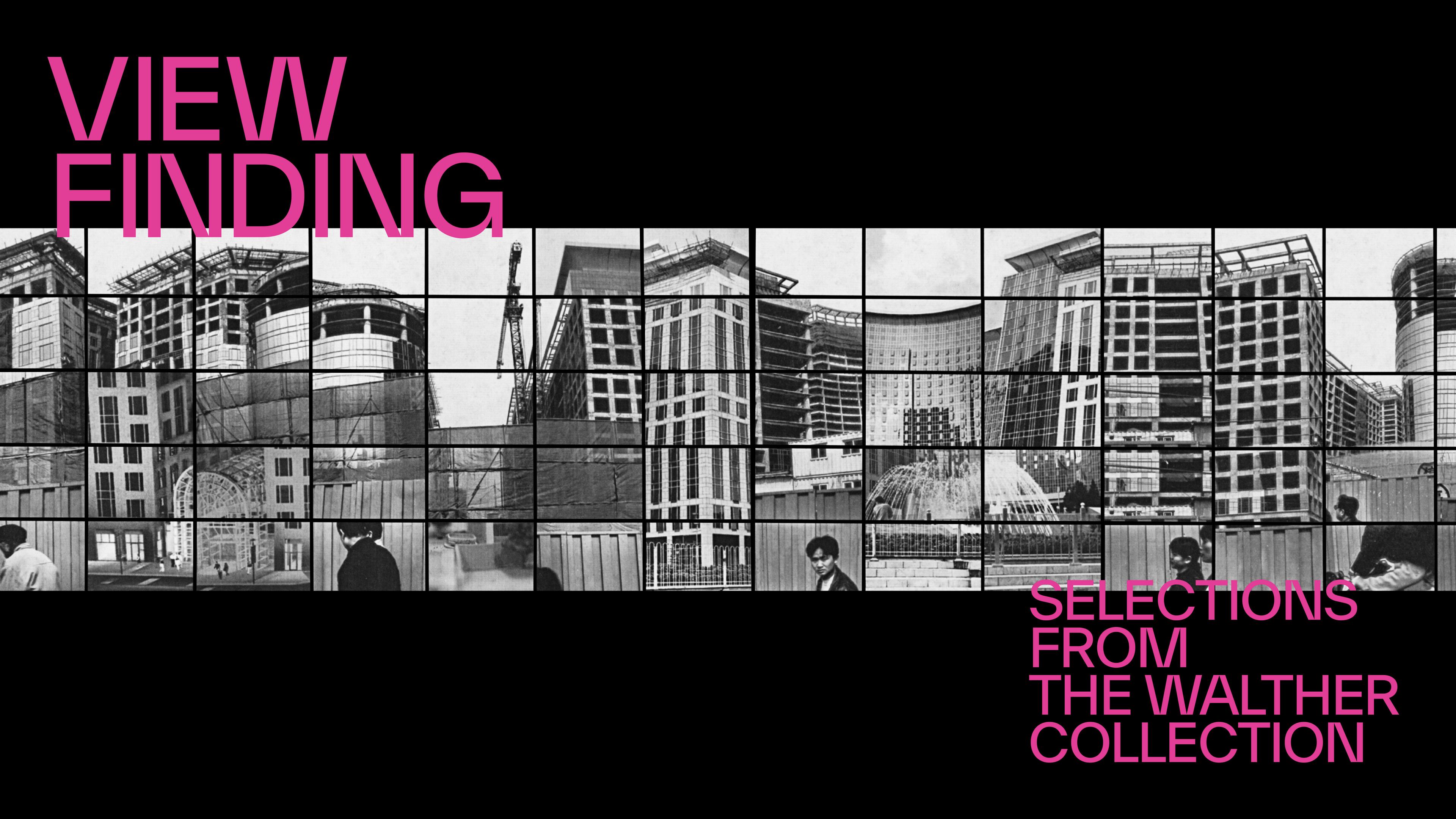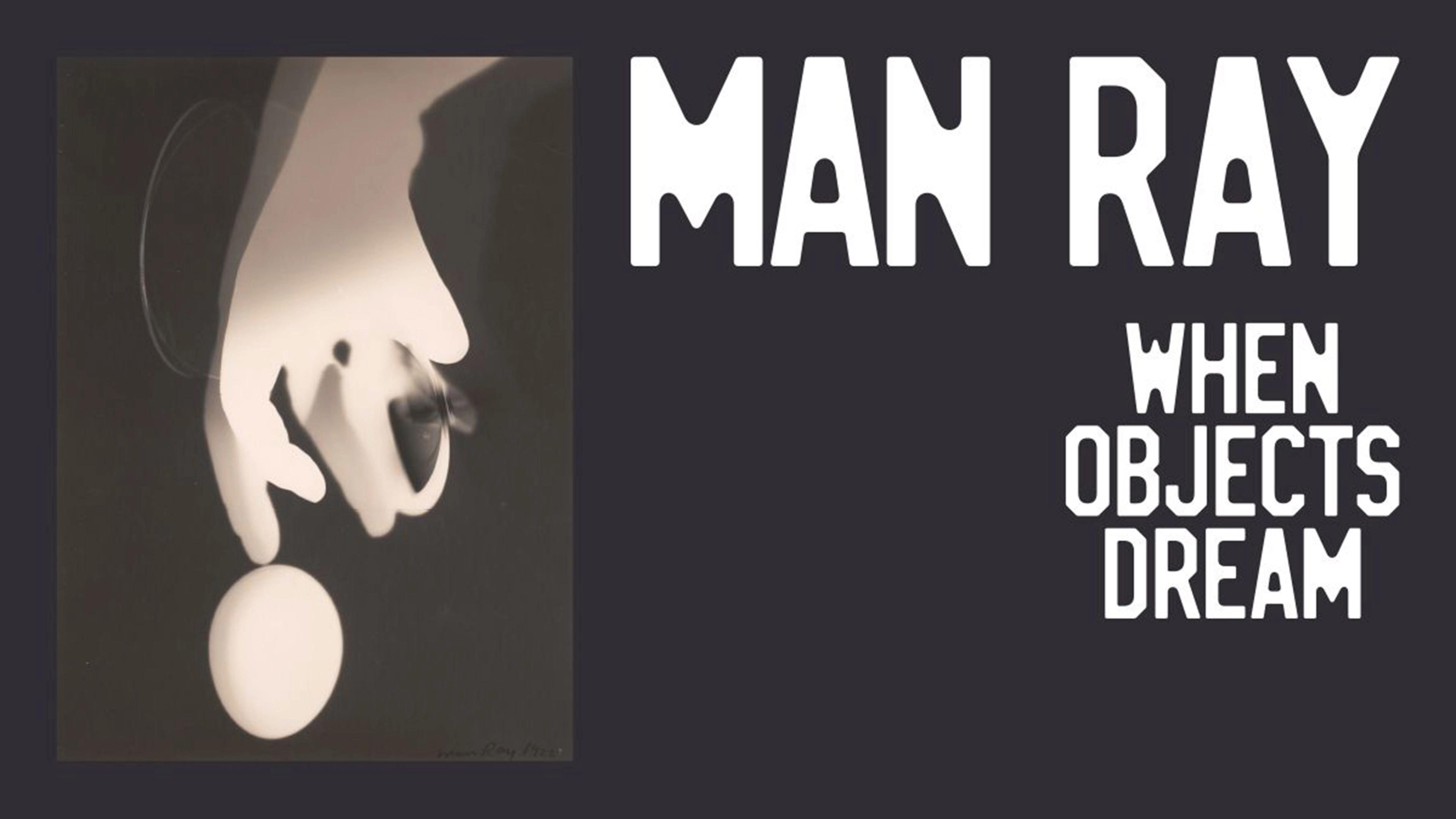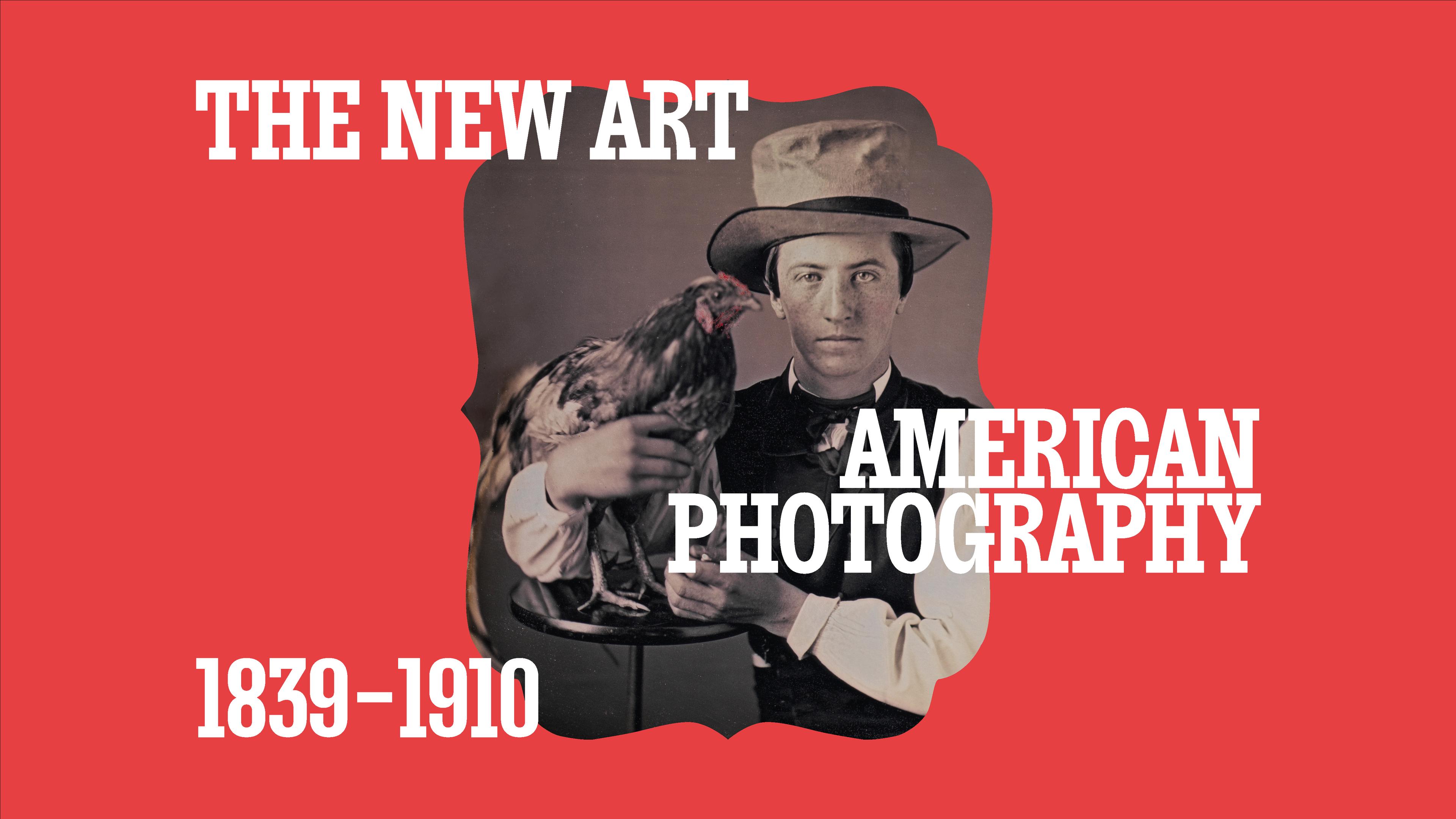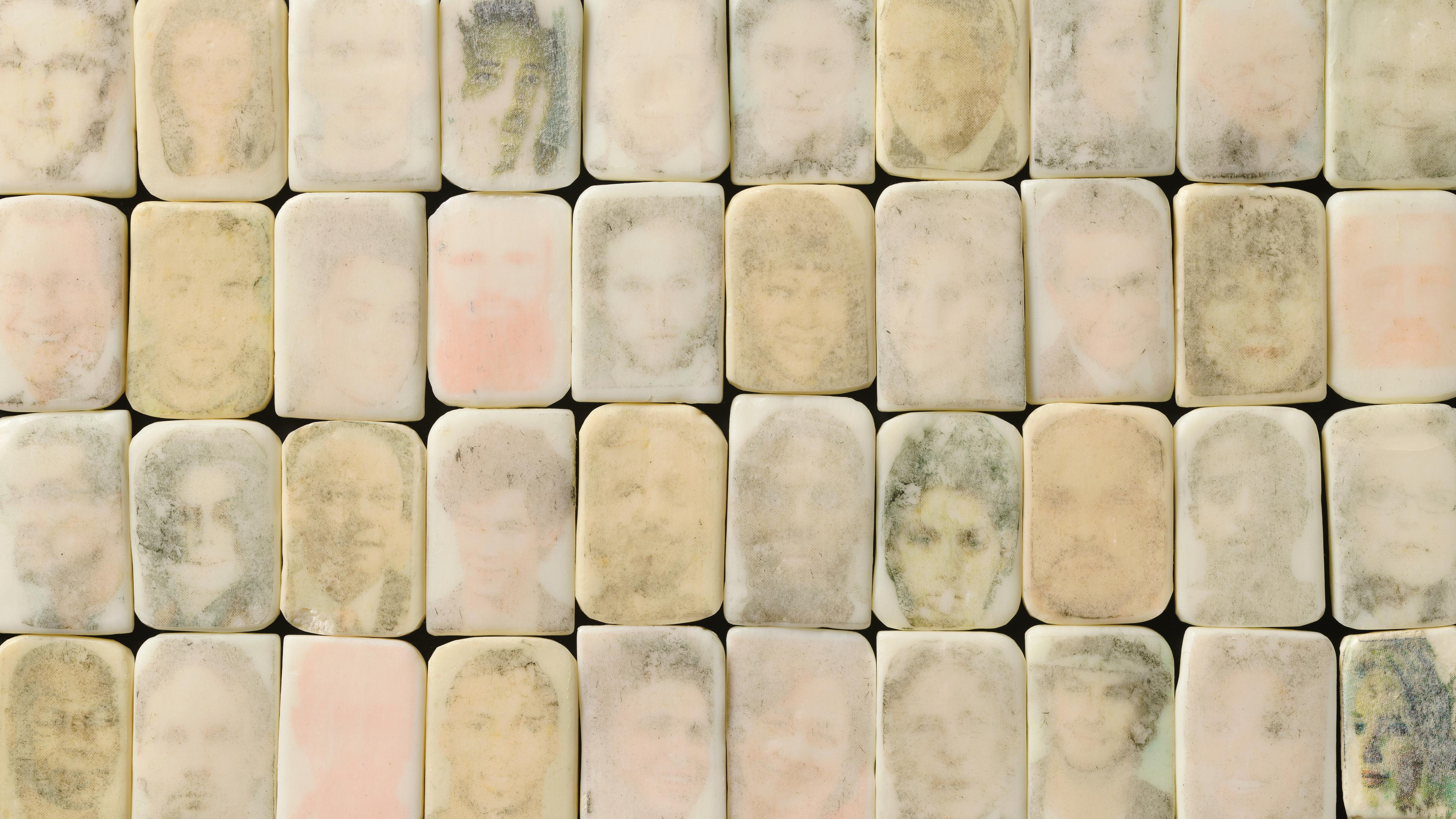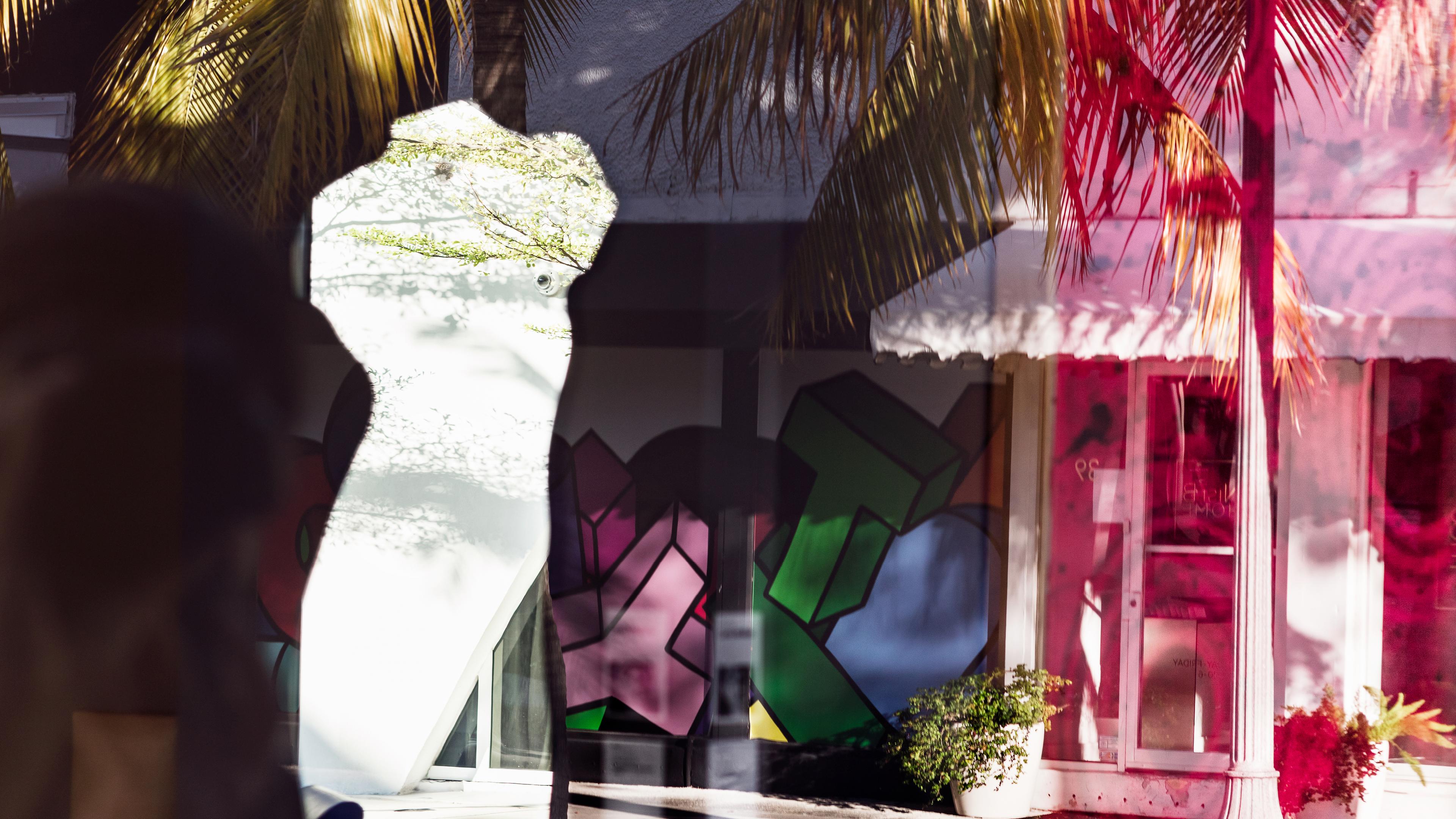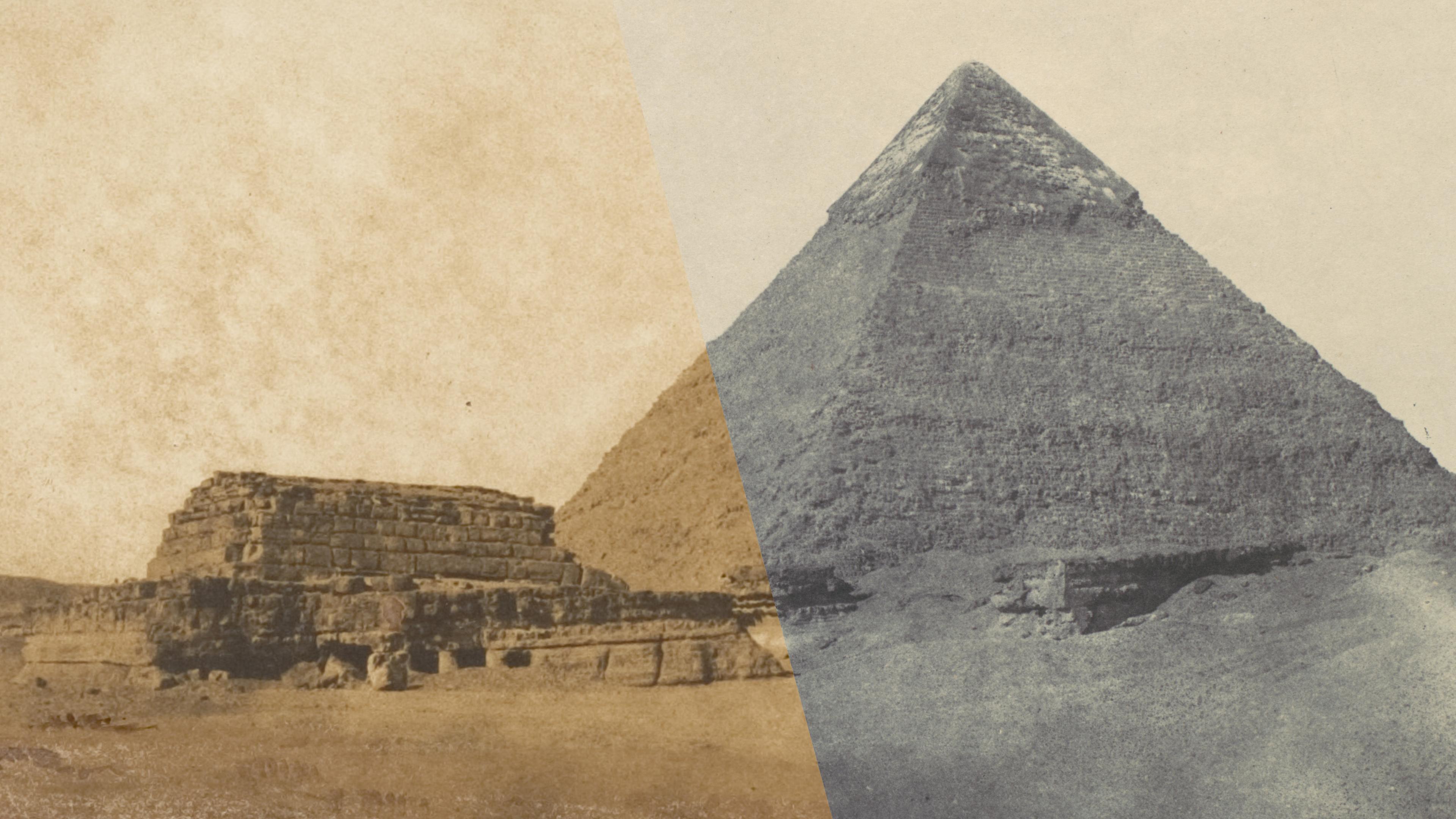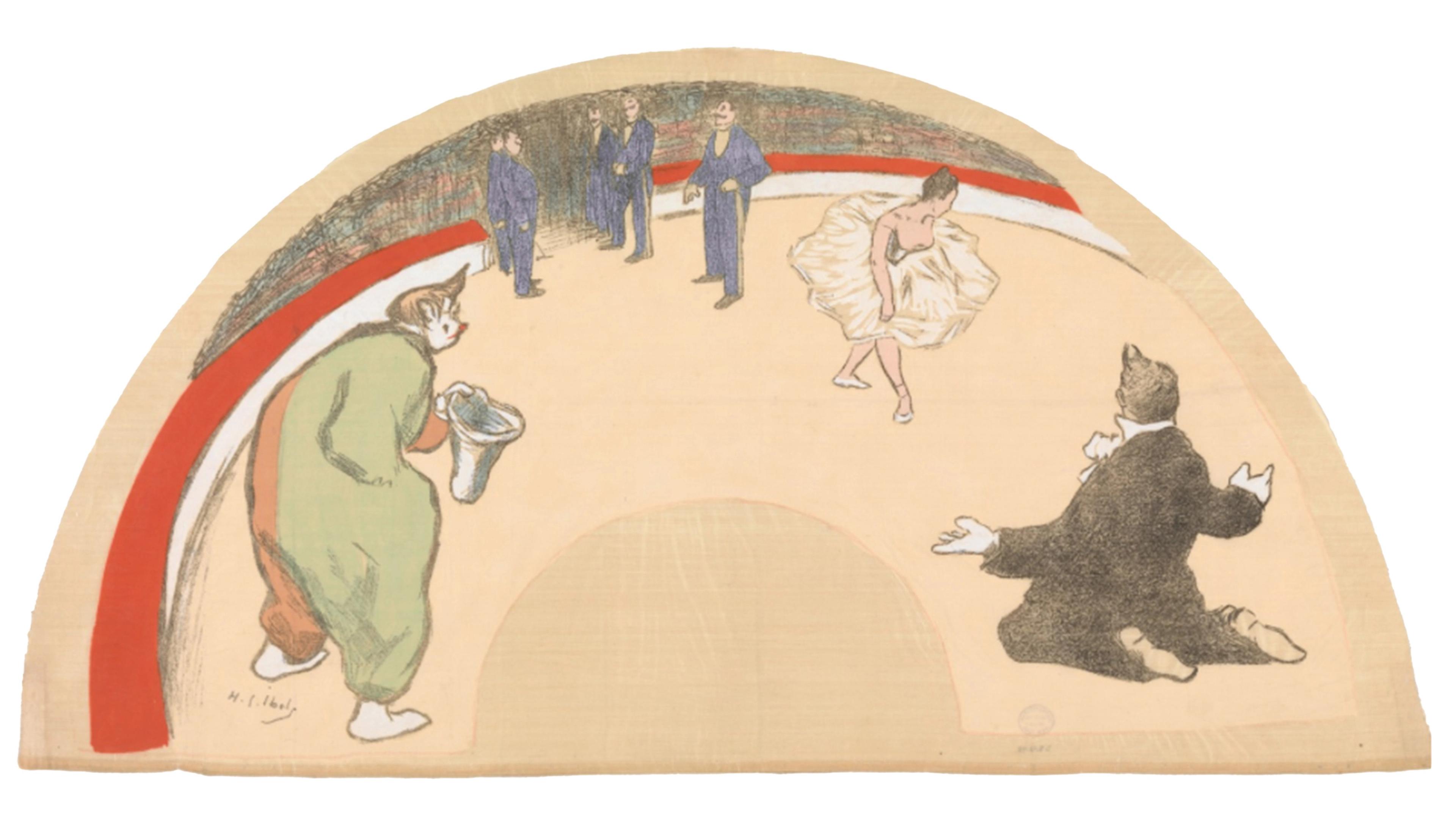
Photographs
About Us
Established as an independent curatorial department in 1992, The Met's Department of Photographs houses a collection of more than seventy-five thousand works spanning the history of photography from its invention in the 1830s to the present. Among the treasures from the early years of the medium are a rare album of photographs by William Henry Fox Talbot made just months after he presented his invention to the public; a large collection of portrait daguerreotypes by the Boston firm of Southworth and Hawes; landscape photographs of the American West by Timothy O'Sullivan and Carleton Watkins; and fine examples of French photography from the 1850s by Edouard Baldus, Charles Nègre, Gustave Le Gray, Henri Le Secq, Nadar, and others.
The Met began collecting photographs in 1928, when Alfred Stieglitz, a passionate advocate of photography as a fine art, made the first of several important gifts to the Museum. In addition to superb examples of his own photography, his gifts comprise the best collection anywhere of works by the Photo-Secession, the circle of Pictorialist photographers shown at his influential gallery. The Stieglitz Collection is especially rich in large master prints by Edward Steichen; of special note are three large, unique prints of the Flatiron building, each a slightly different hue, evoking a different moment of twilight in the city. Also featured in the Stieglitz Collection are F. Holland Day, Adolph de Meyer, Gertrude Käsebier, Paul Strand, and Clarence White.
The Museum's photography holdings include several other important collections. The Ford Motor Company Collection, five hundred works collected by John C. Waddell and donated to the Museum in 1987 as a gift of the Ford Motor Company and Mr. Waddell, represents avant-garde European and American photography between the World Wars, including major works by Berenice Abbott, Brassaï, Walker Evans, André Kertész, László Moholy-Nagy, and Man Ray. The Rubel Collection, acquired in 1997, features superb examples of British photography from the first three decades of the medium's history.
The Met's representation of the first century of photography was further enriched by the 2005 acquisition of the Gilman Paper Company Collection, widely regarded as the world's finest collection of photographs in private hands. The Gilman Collection consists of more than eight thousand and five hundred photographs, including exceptionally rich holdings in early French, British, and American photography, as well as masterpieces from the turn-of-the-century and modernist periods.
The postwar years are represented by important American photographers such as Harry Callahan, Robert Frank, William Klein, and Garry Winogrand. The Museum's collection is especially strong in representing the varied paths of photography since 1960: its role in conceptual art, earth art, and body art, as seen in works by Douglas Huebler, Robert Smithson, and Charles Ray; the "Dusseldorf School," featuring works by Bernd and Hilla Becher and their students Thomas Struth, Thomas Ruff, and Andreas Gursky; the "Pictures Generation," including Cindy Sherman and Richard Prince; and other important contemporary artists who use photography, such as Rineke Dijkstra, Adam Fuss, Felix Gonzalez-Torres, Rodney Graham, Sigmar Polke, and Jeff Wall.
In 2001, the department acquired The Met's first work of video art—Ann Hamilton's abc (1994/99)—and has since gone on to represent significant developments in film, video, and new media by artists including Darren Almond, Omer Fast, David Hammons, Jonathan Horowitz, and Sharon Lockhart.
Also in 2007, the Museum inaugurated the Joyce and Robert Menschel Hall for Modern Photography, the Metropolitan's first gallery designed specifically for the display of photographs created since 1960. With installations that change every eight months, Menschel Hall allows the department to show its contemporary holdings within the broader context of photographic traditions on view in the adjacent Robert Wood Johnson, Jr. Gallery and in the nearby Howard Gilman Gallery and the Galleries for Drawings, Prints, and Photographs (gallery 691, gallery 692, and gallery 693).
Archives of American Photographers
Acquired in 1994, the personal archive of American photographer Walker Evans (1903–1975) traces the development of this American master of the documentary style, and provides scholars and the general public with a unique opportunity to study the complete creative output of this seminal artist. The archive contains nearly forty thousand negatives and transparencies as well as Evans's boyhood snapshots, short stories, correspondence, library, postcard collection, and color Polaroids made during the last year of his life.
In 2007, The Met announced the gift and promised gift of the complete archive of Diane Arbus (1923–1971), including hundreds of the artist's early photographs; negatives and contact prints of six thousand and five hundred rolls of film; and her photography collection, library, and personal papers. Concurrent with this acquisition, the Museum purchased twenty of Arbus's most iconic photographs.
In 2021, The Museum announced the establishment of the James Van Der Zee Archive in partnership with The Studio Museum in Harlem in a landmark collaborative initiative to research, conserve, and provide full public access to the remarkable catalogue of photographs by James Van Der Zee (1886–1983). The world-renowned chronicler of Black life in New York City during the Harlem Renaissance and for decades thereafter, Van Der Zee was a virtuoso portraitist and one of the most celebrated artists of the twentieth century. The archive will comprise approximately twenty thousand prints made in his lifetime, thirty thousand negatives, studio equipment, and ephemera.
Art
Articles, Audio, and Video
Featured
The Latest
Imagining Today and Tomorrow
The Mediated Image and Jesse Krimes
Kayak
- Video
Meet the Artist — Jesse Krimes: Corrections | Met Exhibitions
- Immaterial | Audio
Immaterial: Time
- Immaterial | Audio
Immaterial: Trash
Research
The Museum's collection contains approximately 75,000 photographs spanning the entire history of the medium, including 500 photographically illustrated books and albums. Almost all of these are eligible for firsthand inspection.
Exhibitions
Press the down key to skip to the last item.
